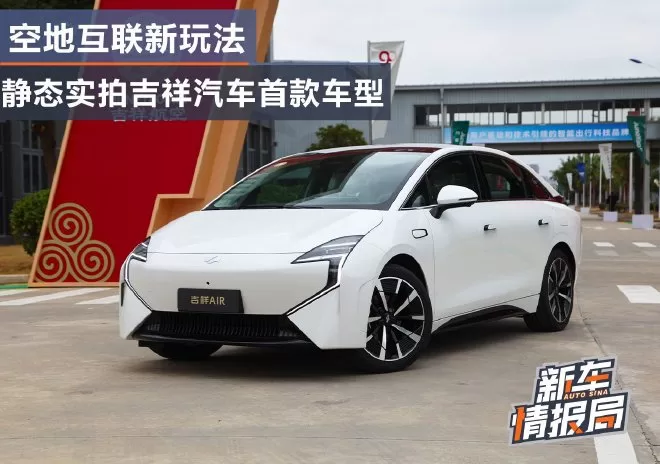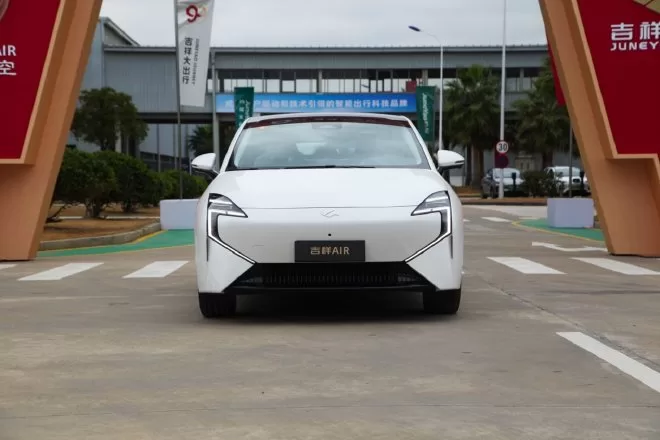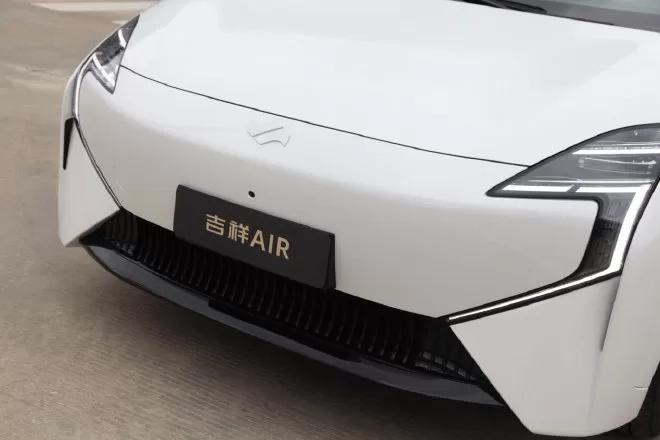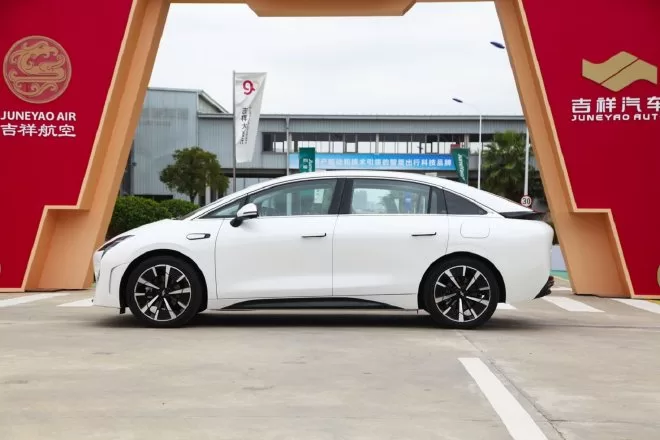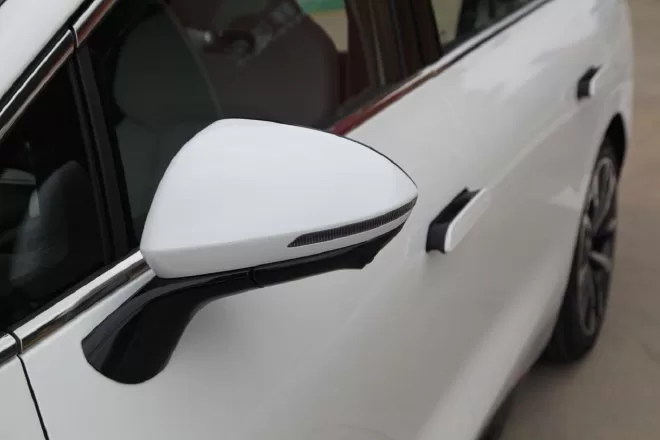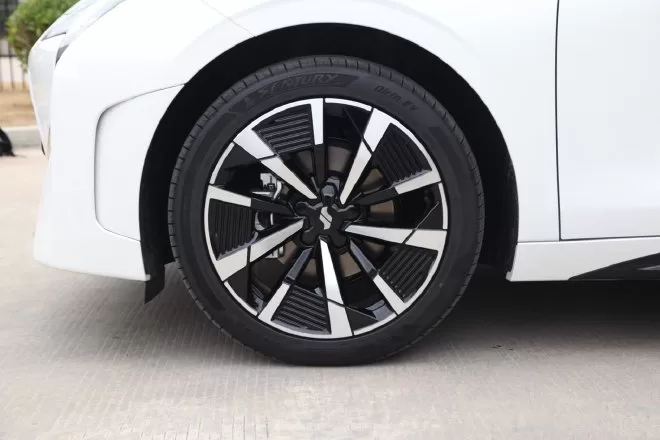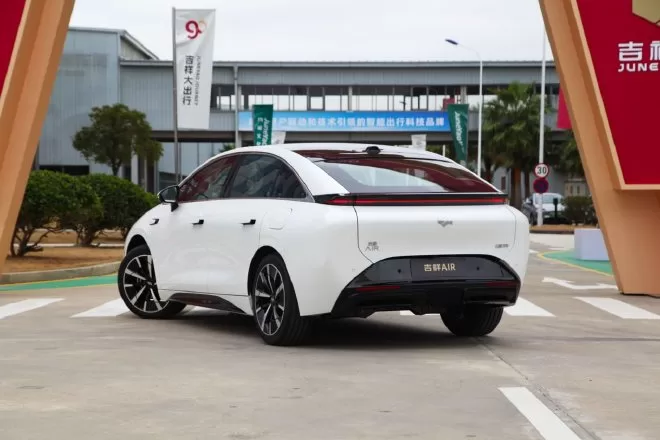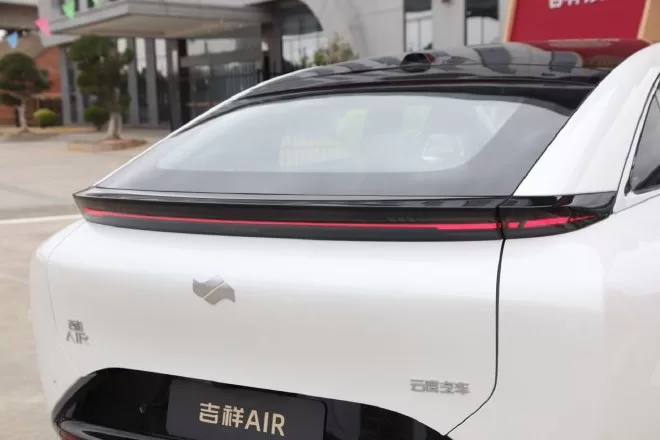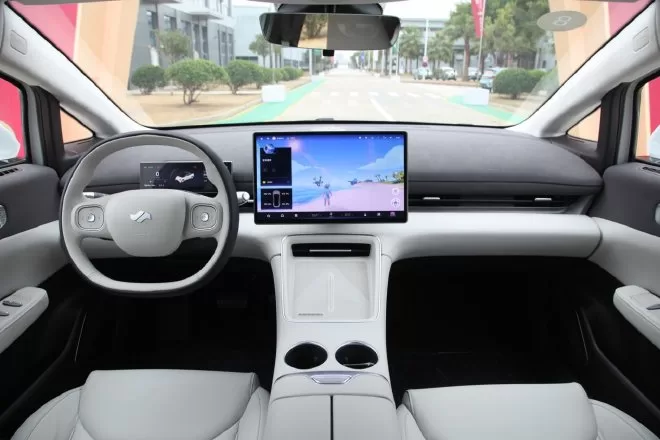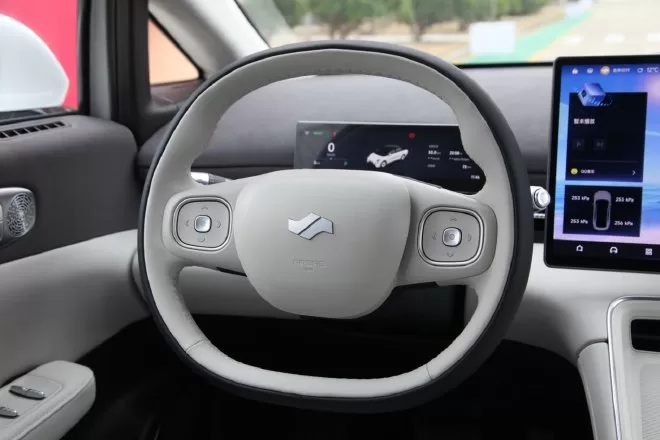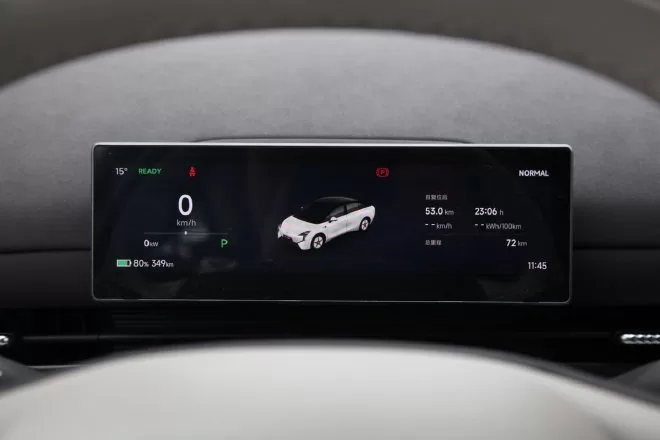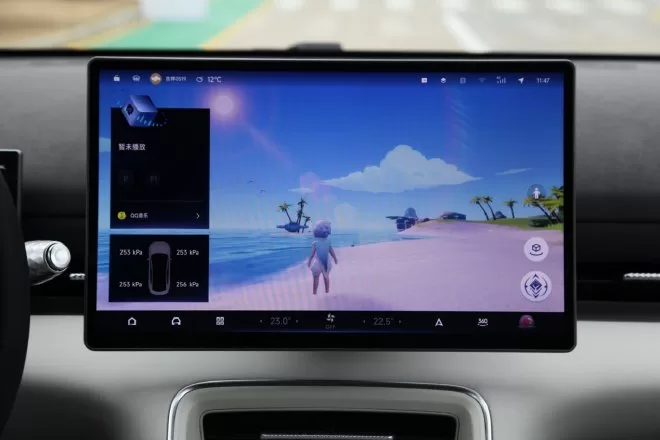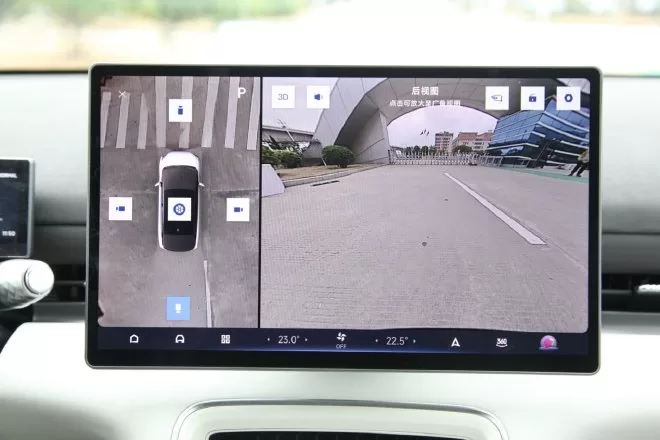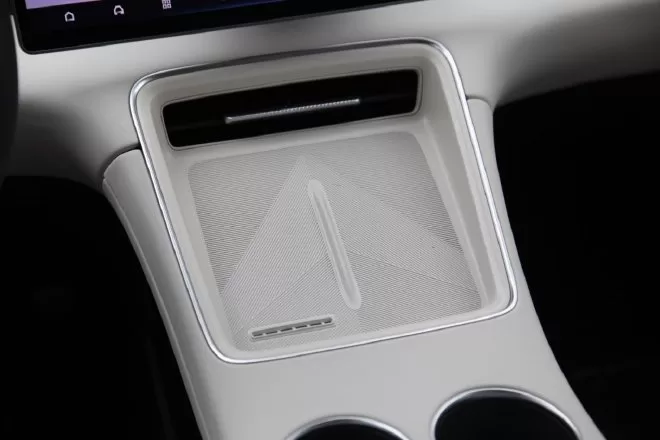When it comes to new forces in car-making, it’s no longer a novelty, but the car we’re experiencing today has a different background because it comes from an airline. During last year’s Guangzhou Auto Show, China Eastern Airlines held a unique press conference in the air, announcing its entry into the automotive field. And just recently, its first car, China Eastern AIR, officially hit the market. Today, we’ll get a sneak peek at this smart car created by the airline.
In terms of appearance, the Ji Xiang AIR adopts a fully enclosed design, combined with the headlight group, creating the image of a plane spreading its wings during takeoff. The new car’s headlight design is also highly recognizable, the C-shaped design is indeed very avant-garde and bold, extending from the front hood to the lower part of the grille, making the entire front of the car look more agile and stylish. From a distance, it also gives a feeling of a flight attendant smiling at you, which is very in line with the aviation concept.
The front bumper uses a fully enclosed design, which is also used by new energy vehicles. The entire front bumper, although not highly styled, incorporates necessary features such as front cameras and millimeter-wave radar. The area of the grille is not large, but it uses a high-gloss black color, giving it a strong overall feeling, and the straight waterfall-style design is full of domineering.
The entire body of the car is inspired by a crossover design and incorporates the streamlined design of aircraft. The curves extend from the front to the back, resembling the path of an aircraft across the sky. Like many new energy vehicles, the Ji Xiang AIR also features hidden door handles, but does not use frameless doors.
The 19-inch dual-color design of the hub creates a different sense of layering with the collision of lines and surfaces, resembling the “five sides” that an aircraft needs to execute when landing, and it has its own ideas and designs. Paired with it are 235/45 R19 tires, which effectively balance the vehicle’s comfort and passability, while EV-specific tires also greatly reduce energy consumption losses.
The design of the rear of the car is also imaginative, with a sleek and integrated design, like the evening sky. The tail lights are also called “the line between heaven and earth,” integrating turn signals, brake lights, reverse lights, and hazard lights. It’s mysterious and beautiful, just like the boundary line between heaven and earth that we see on an airplane.
The rear bumper features a bold arch design, effectively enhancing the vehicle’s visual height. This design is somewhat inspired by the scene of an airplane “passing through a gate,” symbolizing the birth of the first model and a new cross-border combination, making “air-ground connectivity” closer and simpler.
Next, let’s take a look at the interior. Since the vehicle we shot this time is a trial installation model, we haven’t experienced specific car functions yet, but the overall interior design has been finalized. Geely AIR will use a simple interior style, with almost no physical buttons in the car. More functions are integrated into the swiveling central control screen.
Jixiang AIR uses the preferred two-spoke steering wheel design of new energy vehicles, with a great overall feel and a dual-color scheme that enhances the sense of quality. The upper multifunctional buttons use traditional physical keys with good damping, avoiding the possibility of misoperation, which is also very good and user-friendly in my personal opinion.
The dashboard area is not large, but it can display basic driving information of the vehicle, which is a configuration used in many mainstream car models nowadays. After all, we only need to obtain the vehicle’s driving information from the dashboard, so there is no need to make it too complicated, which would only affect our ability to view the vehicle information.
The central control screen adopts a rotatable design, which not only allows operation through the screen, but also turns towards the driver’s side when we open the car door to welcome us. Because many functions are still in the final debugging stage, the car system cannot be experienced at the moment. However, judging from the display of the screen and the speed of switching the functional interface, the 8155 chip should be fine.
In addition, the overall interface layout of the car’s system is simple and easy to understand. More importantly, the car is likely to bring some different car entertainment methods, after all, this is the first car model of Lucky Airlines, so “air-ground connectivity” is essential, at least booking flights, hotels, checking flights, etc. will be more convenient and direct.
The new car will adopt a console design, so there is more space in the central aisle, and a wireless charging panel for mobile phones is designed below the screen, which is very convenient to use. The double-layer layout design also effectively increases the storage capacity of the car, and the use of soft packaging materials throughout the car gives people a feeling of being in a “business class cabin” inside the car.
When it comes to comfort, the seats of the auspicious AIR are worth mentioning. The seats are very comfortable, whether it’s the cushion or the backrest, and the softness and hardness are at a leading level in the same class. With the support of the airline, the seats have more say in this aspect. The seats not only support electric adjustment but also have seat heating and ventilation functions. They can also achieve multi-scene linkage through mode selection, which is rare in the same class of vehicles.
The overall performance of the rear seats is commendable, especially the legroom, thanks to the 2800mm wheelbase. The sloping roofline may make the headroom feel a bit cramped, but it does not affect the overall comfort of the vehicle. Summary: Currently, not much data has been released about the new car, including body size and powertrain. However, as the first model of Lucky Air, Lucky AIR will start pre-sale in April and officially go on sale in June. If you are a frequent flyer or a frequent passenger of Lucky Air, would you consider this new “air-ground interconnection” product?
